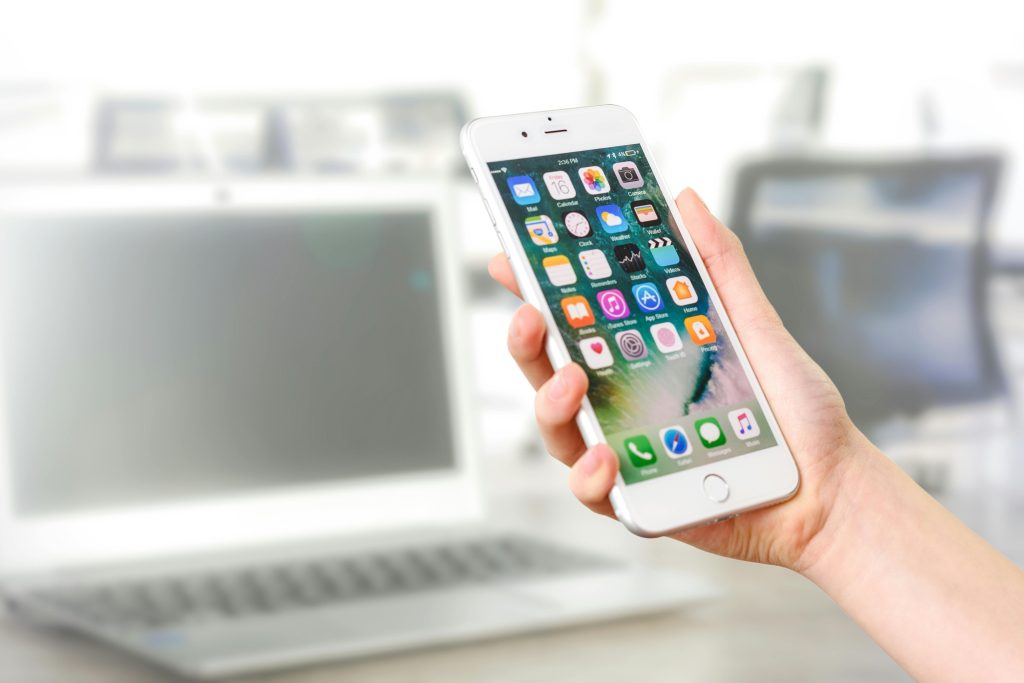Title: Troubleshooting a Secondary SSD That Failed After Two Years: Solutions and Recovery Options
Introduction
External and secondary internal SSDs are vital for expanding storage capacity and enhancing data management. However, like all hardware, they can encounter issues over time. In this article, we examine a common scenario where a secondary SSD, previously functioning without problems for two years, suddenly causes boot failures and access issues. We’ll explore potential causes, troubleshoot methods, and recovery options to help you recover your data and restore functionality.
Scenario Overview
The user reports that a secondary SSD, connected via SATA, worked flawlessly for two years. Recently, the PC could not boot when the SSD was connected. Disconnecting the drive allowed the system to boot normally. Additionally, attempting to connect the SSD via a USB adapter after booting causes File Explorer to freeze when accessing the drive. The user has already tried updating the motherboard BIOS, but the problem persists.
Device Details
- Drive Model: Link to Amazon product (Note: The specific model has been identified as an off-brand SSD, which may influence reliability and recovery options).
Key Troubleshooting Steps
- Verify Drive Connection and Compatibility
- Ensure that SATA cables and power connectors are securely attached.
-
Test the SSD on a different SATA port or with different cables to rule out connection issues.
-
Check for BIOS Detection
- Enter the BIOS/UEFI settings and verify whether the drive is recognized.
-
If not detected, consider testing it on another machine to confirm drive health.
-
Test in Different Interfaces
- Connect the SSD via USB adapter on a different computer to see if it’s recognized.
-
Use disk management tools to see if the drive shows up and if partitions are accessible.
-
Observe System Behavior
- Boot the PC with the drive disconnected, then connect it after Windows has loaded.
- Listen for unusual noises, which can indicate hardware failure.
Possible Causes
- Hardware Failure: The drive may have died due to age, power surges, or manufacturing defects.
- File System Corruption: Sudden shutdowns or improper ejections can cause corruption.
- Connection Issues: Faulty cables or ports can lead to detection problems.
- Compatibility or Driver Issues: Rare but possible; update storage drivers and motherboard chipset drivers.
Recommended Data Recovery and Fix
Share this content:


